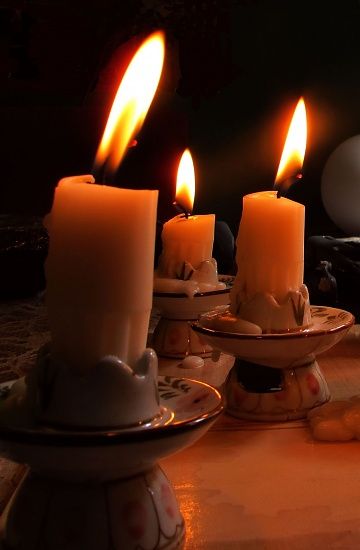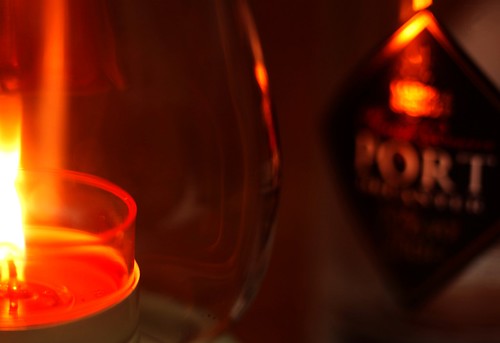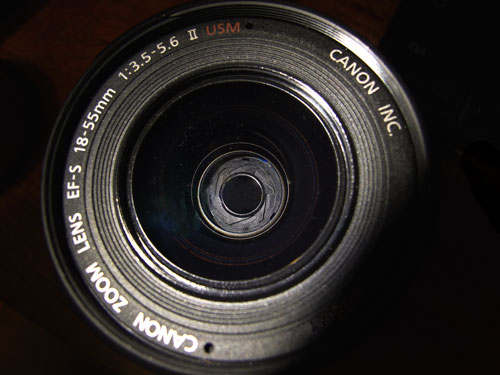
This year candles are the theme of my personal project
No one seems to have enough time to do all they want these days. Life is certainly busy! Often this means the things we are passionate about get left out of our lives. As photographers we forget to take photos until the ‘right time’ – which never seems to come. I find it helps to have a personal project to keep my mind focused on the year ahead and to ensure I put time into my own personal photography.
Here are a few reasons to start a personal project…
- It gives you a reason to take photographs
- Your project acts to help you focus on a subject
- When you are not inspired you can just play with project ideas
- It helps keep you motivated
- You build up a library of images on one subject
- You get to know the techniques of that subject really well
- Your creativity is given the chance to explore something in depth
- When the project is done you could run an exhibition for family or friends
- You can be inspired by trying out the project theme in new places
- It gives you a reason to look at other peoples work on the subject
- Find out how great photographers have photographed your subject
There are many more reasons to do a project, these are just some of the ones that have motivated me in the past. If you take a few minutes and write out a few ideas why you want to do a project it will help you commit to the subject.
Your project is your own, and only you can determine what direction it takes you. So it helps to plan it out a bit. Maybe set yourself some goals. Here are a few examples…
- I will finish my project when I have 100 quality images of my subject
- A quality image is one that I am proud to show family and friends
- I aim to improve my use of Depth of Field and bokeh on this project
- I will aim to take at least 50 photographs of my subject per week
Of course you don’t need to follow my examples. You might think 100 exhibition quality images is too much for the time you have. Great, set the project up to suit you. You may not want to improve your use of bokeh (that lovely blur of bright objects in an out-of-focus background). Why not concentrate on another technique, say, greater use of deep shadows as a compositional feature. Anything, especially things you want to improve.
A personal project is a great way to help integrate your photography into your life. If you choose a subject that can be found in everyday life then you can do some shots in your lunch break or whilst commuting. In short it gives you a reason to keep taking photographs. That’s a good thing right? More of what you like and enjoy will help reduce stress and increase the fun in your life.
Having an exhibition or promising a presentation for someone is a good way to tie up the end of your project. It gives you something to aim for. However, it can be fun to just produce a web gallery, or publish a sequence of the shots on YouTube. You never know it might go viral!
In the first part of this year I am going to make ‘Candles’ a personal project. You can start a personal project any time and for any duration. So get going on it as soon as you can!
By Damon Guy (author and Photokonnexion editor)

Damon Guy (Netkonnexion)
Damon is a writer-photog and editor of this site. He has run some major websites, a computing department and a digital image library. He started out as a trained teacher and now runs training for digital photographers.
See also:
Editors ‘Bio’.
Can you write? Of course you can!We would love to have your articles or tips posted on our site.
Find out more…
Write for Photokonnexion.

![]()




